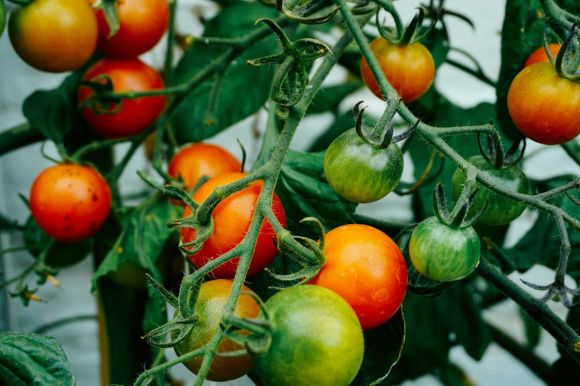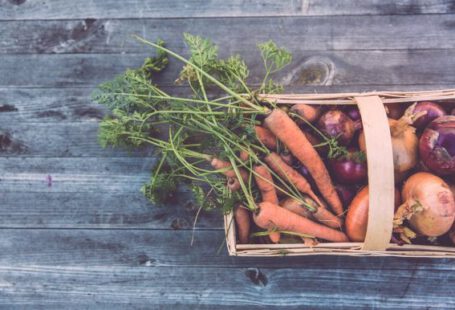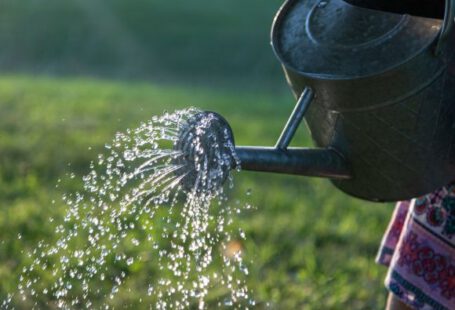Growing vegetables in containers is a great way to maximize limited space and enjoy fresh produce right at your doorstep. Whether you have a small balcony, patio, or even a tiny backyard, container gardening allows you to grow your own vegetables with ease. In this article, we will discuss the steps you need to take to successfully grow vegetables in containers.
Choosing the Right Containers
When it comes to selecting containers for your vegetable garden, there are a few things to keep in mind. Firstly, make sure the containers have drainage holes at the bottom to prevent waterlogging. Secondly, choose containers that are large enough to accommodate the root systems of your chosen vegetables. Lastly, opt for containers made of materials that are durable and weather-resistant, such as terracotta or plastic.
Selecting the Right Vegetables
Not all vegetables are suitable for container gardening. Some vegetables, like tomatoes, peppers, and lettuce, thrive in containers, while others, like corn or pumpkins, require more space and are better suited for traditional garden beds. When selecting vegetables for your container garden, consider their size, growth habit, and sunlight requirements. Some popular choices for container gardening include cherry tomatoes, herbs like basil and parsley, and leafy greens like spinach and kale.
Preparing the Soil
Good soil is essential for the success of your container garden. Start by filling your containers with a high-quality potting mix that is specifically formulated for container gardening. Avoid using garden soil, as it tends to be too heavy and may not drain well. Additionally, consider adding organic matter, such as compost or aged manure, to enrich the soil and improve its fertility.
Planting and Caring for Your Vegetables
Once you have selected your containers, chosen your vegetables, and prepared the soil, it’s time to start planting. Begin by placing a layer of gravel or broken pottery at the bottom of the container to aid in drainage. Next, gently remove the seedlings from their nursery pots and plant them in the container, making sure to provide enough space between each plant. Water the newly planted vegetables thoroughly and place the containers in a sunny spot that receives at least six hours of direct sunlight per day.
Regular watering is crucial for the success of your container garden. Check the moisture level of the soil daily and water as needed, making sure not to overwater or let the soil dry out completely. Additionally, consider using a water-soluble, balanced fertilizer to provide your plants with the necessary nutrients. Follow the instructions on the fertilizer packaging for the proper dosage and frequency of application.
Pest and Disease Control
Container gardening can make it easier to control pests and diseases compared to traditional garden beds. Regularly inspect your plants for any signs of pests, such as aphids or caterpillars, and take immediate action to eliminate them. You can use organic pest control methods like neem oil or insecticidal soap, or even introduce beneficial insects like ladybugs to your garden.
Harvesting and Enjoying Your Vegetables
One of the most rewarding aspects of container gardening is being able to harvest and enjoy your homegrown vegetables. As your plants mature, they will start producing edible parts, such as fruits, leaves, or roots. Harvest your vegetables when they are ripe, following the specific guidelines for each vegetable. Enjoy the fresh flavors of your harvest by incorporating them into your favorite recipes or sharing them with friends and family.
In conclusion, growing vegetables in containers is an excellent option for those with limited space or who simply want to enjoy the convenience of having a garden right outside their door. By choosing the right containers, selecting suitable vegetables, preparing the soil, and providing proper care, you can successfully grow your own vegetables in containers. So, grab some containers, get your hands dirty, and start enjoying the satisfaction of homegrown vegetables today. Happy gardening!





